
AeroGenie — Votre copilote intelligent.
Tendances
Categories
Emerging Technology Trends in the Airline Industry
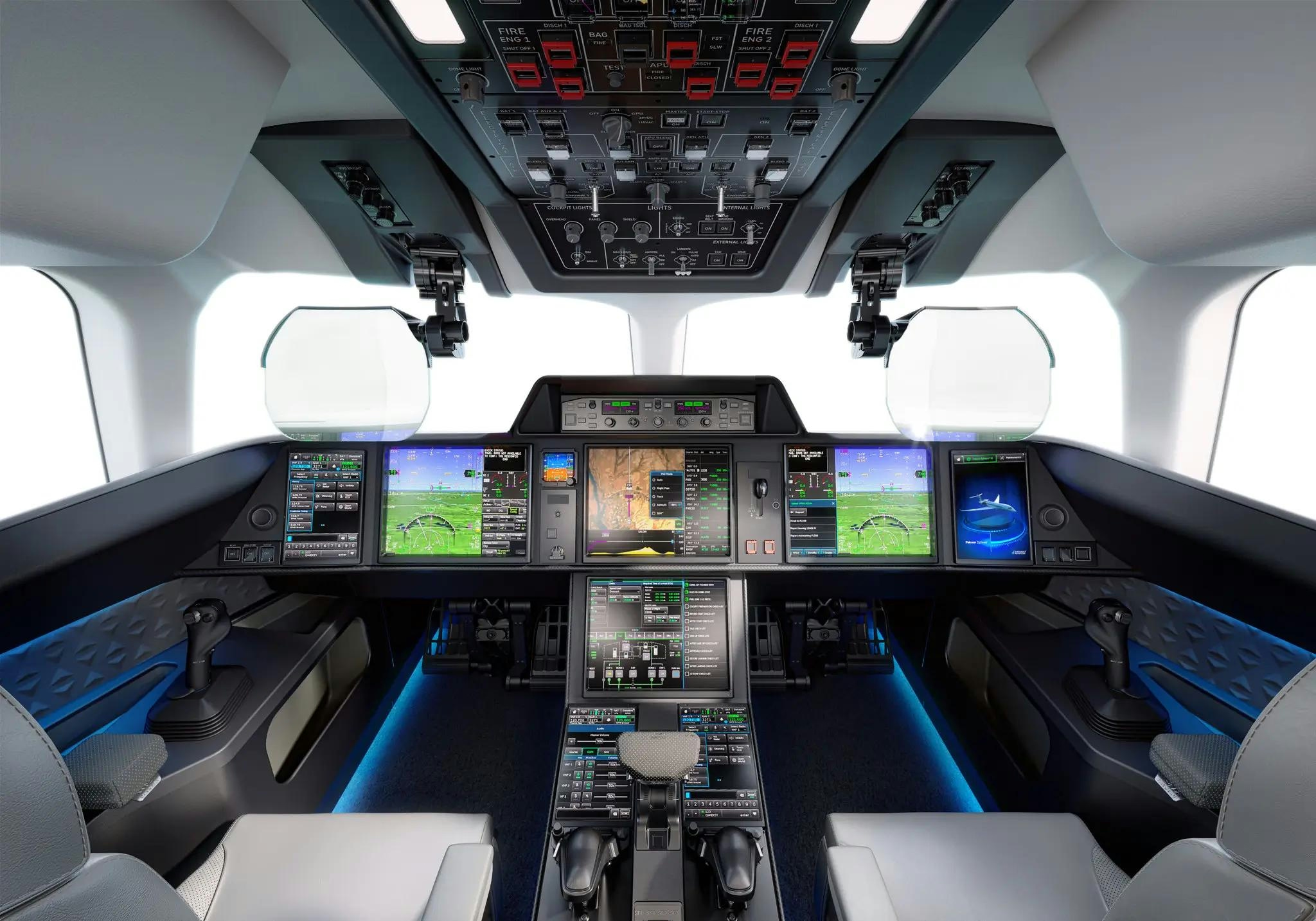
Emerging Technology Trends in the Airline Industry
The airline industry stands at a pivotal moment in its technological evolution, striving to modernize operations while retaining the legacy mainframe systems that have long formed the backbone of its infrastructure. Rather than pursuing costly and disruptive wholesale replacements, many carriers are adopting a more measured approach by integrating emerging technologies with existing mainframes. This strategy allows airlines to leverage valuable data and established systems to drive digital transformation without abandoning their foundational platforms.
Mainframe Modernization and Strategic Integration
Modernizing mainframe systems has become a critical priority as airlines seek to unlock new operational efficiencies and value. The central challenge lies in determining whether to update existing monolithic systems or to decompose them into modular components for targeted modernization. This decision is complicated by the specialized nature of airline IT infrastructure, which often depends on proprietary software and unique programming languages.
Historically, attempts to rewrite airline systems from scratch have proven both time-consuming and prohibitively expensive. Consequently, industry leaders are now favoring a hybrid approach that combines modernization with selective migration. By carefully identifying which system components are strategic differentiators and which are not, airlines can allocate resources more effectively. For nonstrategic systems, there is increasing momentum toward collaborative ecosystem models, where carriers share solutions and reduce the need to maintain distinct technology stacks individually.
Challenges in Innovation and Market Dynamics
Despite these efforts, the drive for technological advancement faces significant obstacles. According to CleanTechnica, a lack of robust market competition and insufficient policy incentives have hindered innovation among aircraft manufacturers. This stagnation is particularly troubling as the aviation sector confronts growing demands to enhance efficiency and accelerate its transition to greener technologies. The slow pace of aircraft innovation risks undermining broader industry initiatives aimed at modernization and decarbonization.
Market responses to these evolving trends have been cautious. FlightGlobal reports that airlines are closely monitoring technological developments amid recent volatility, exemplified by the turbulent second quarter of 2025. Competitor actions are also influencing the landscape; for instance, Ryanair has publicly called for reforms in European air traffic control following a radar malfunction that caused widespread disruptions. This incident, highlighted by tourism-review.com, underscores the urgent need for resilient and modernized infrastructure.
As the airline industry navigates these complex technological trends, it faces the challenge of balancing legacy system modernization, fostering innovation, and promoting collaboration on nonstrategic technologies. Achieving progress will require strategic investment, enhanced industry cooperation, and supportive regulatory frameworks to ensure that modernization efforts yield meaningful improvements in efficiency, sustainability, and passenger experience.

Europe Advances Aviation Sustainability Through SAF Mandates and Innovation

Lufthansa's Fleet Plans for 2025
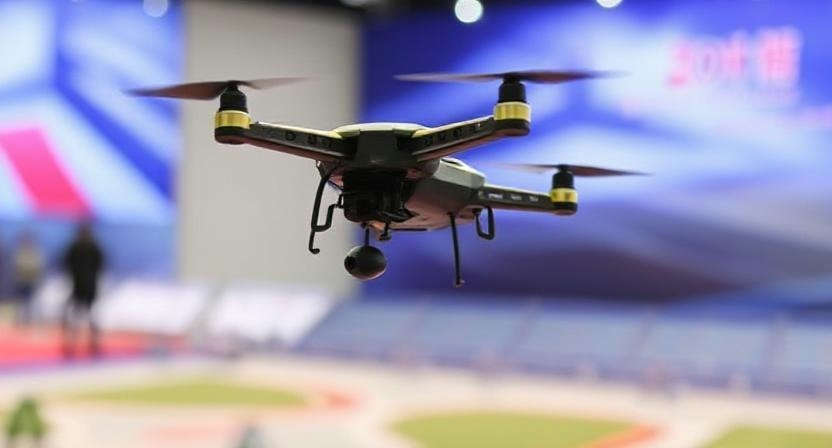
Fifteenth National Games Model Aviation Finals in Longhua Showcase Drone Sports and Innovation
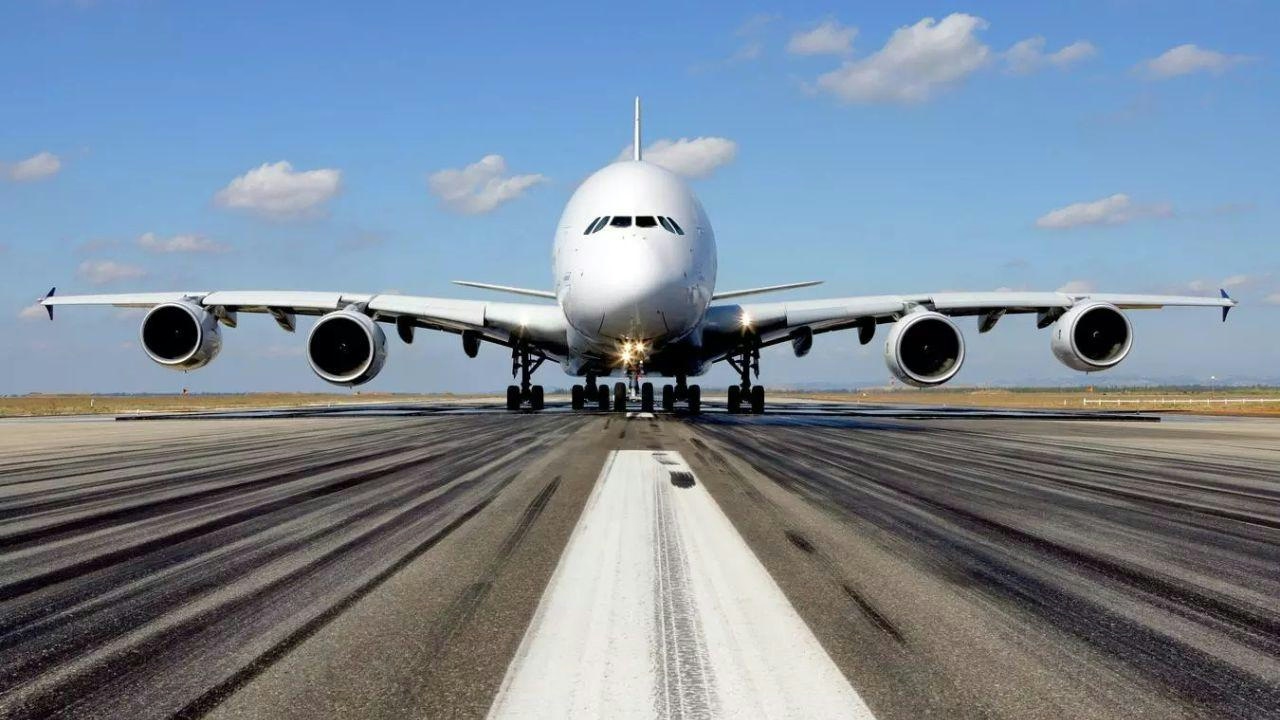
Brazilian Woman Becomes First Female Captain of Airbus A380
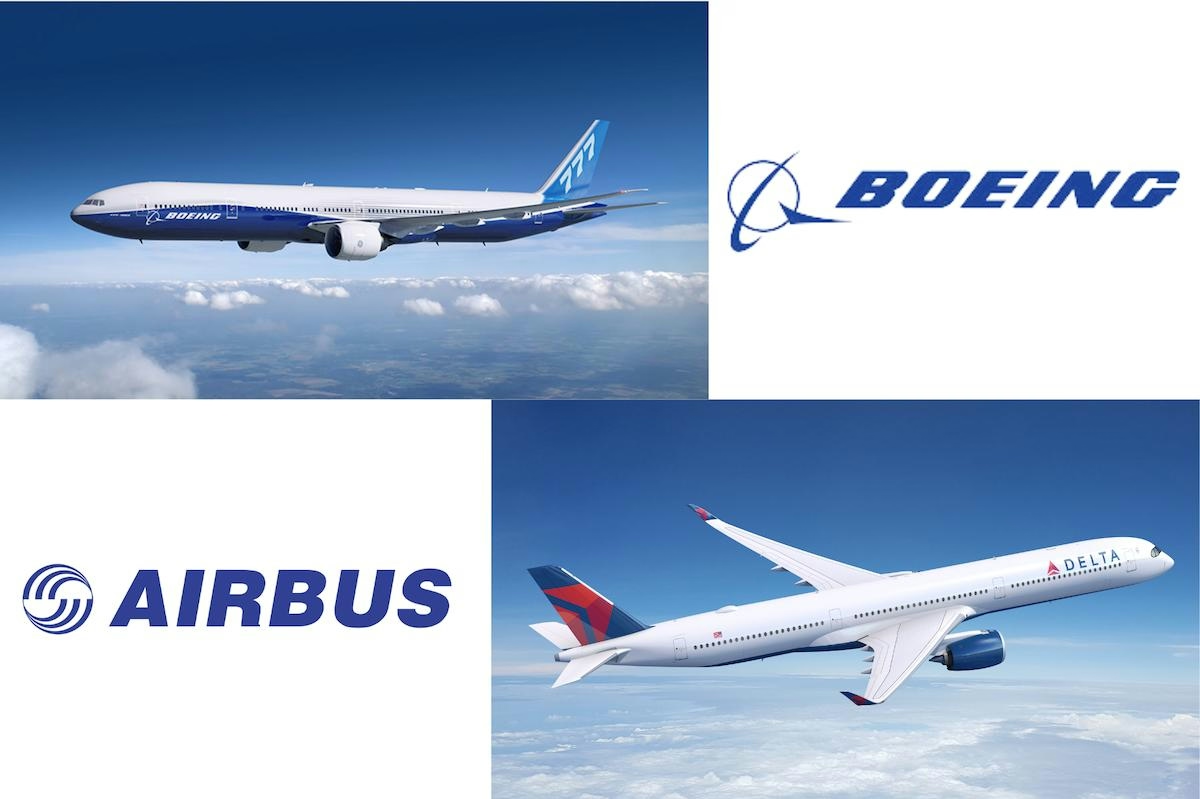
Airbus and Boeing: Comparing Their Global Reach
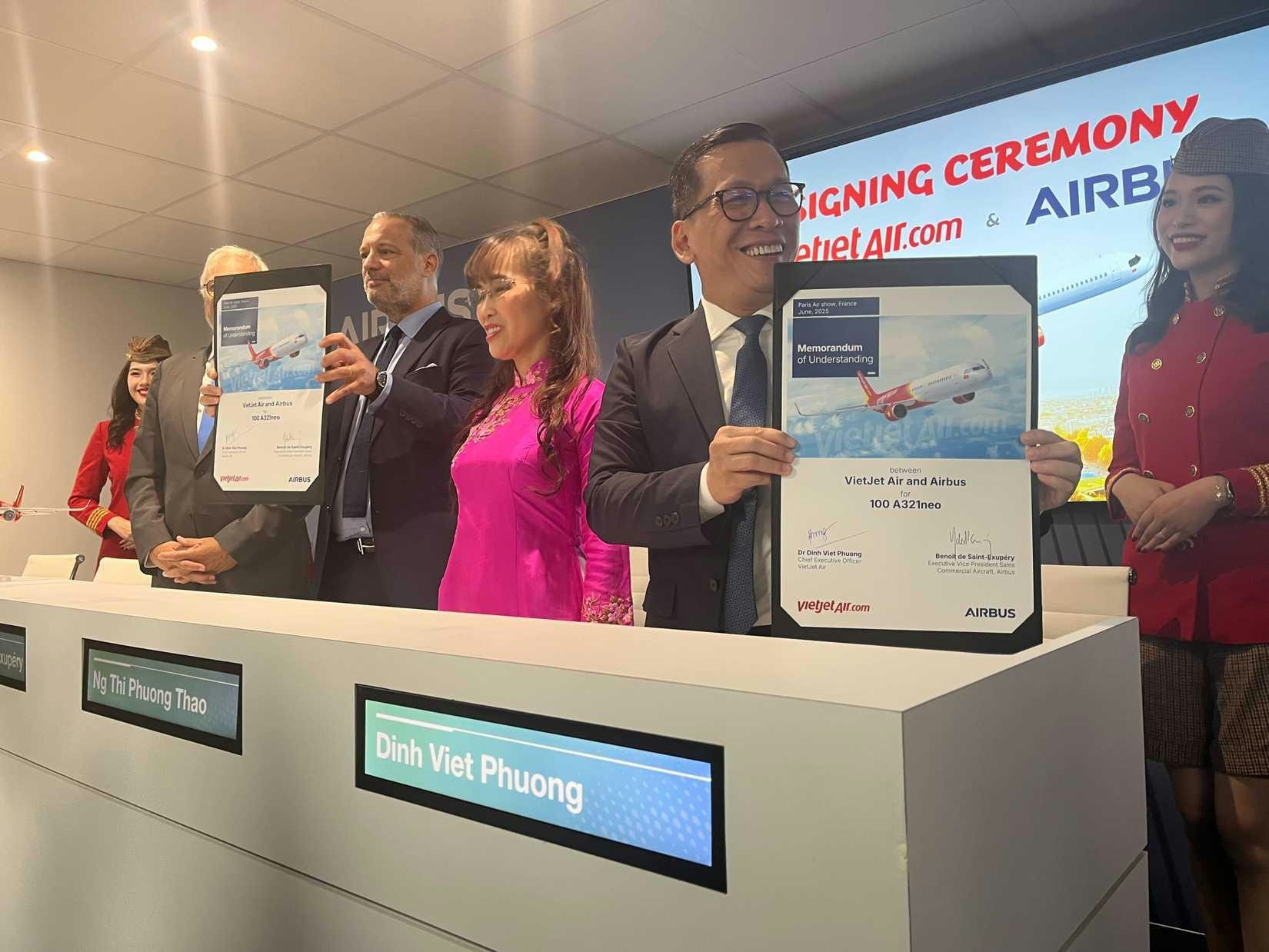
Vietjet Orders 100 Airbus A321neo Jets, Strengthening UK-Vietnam Strategic Partnership
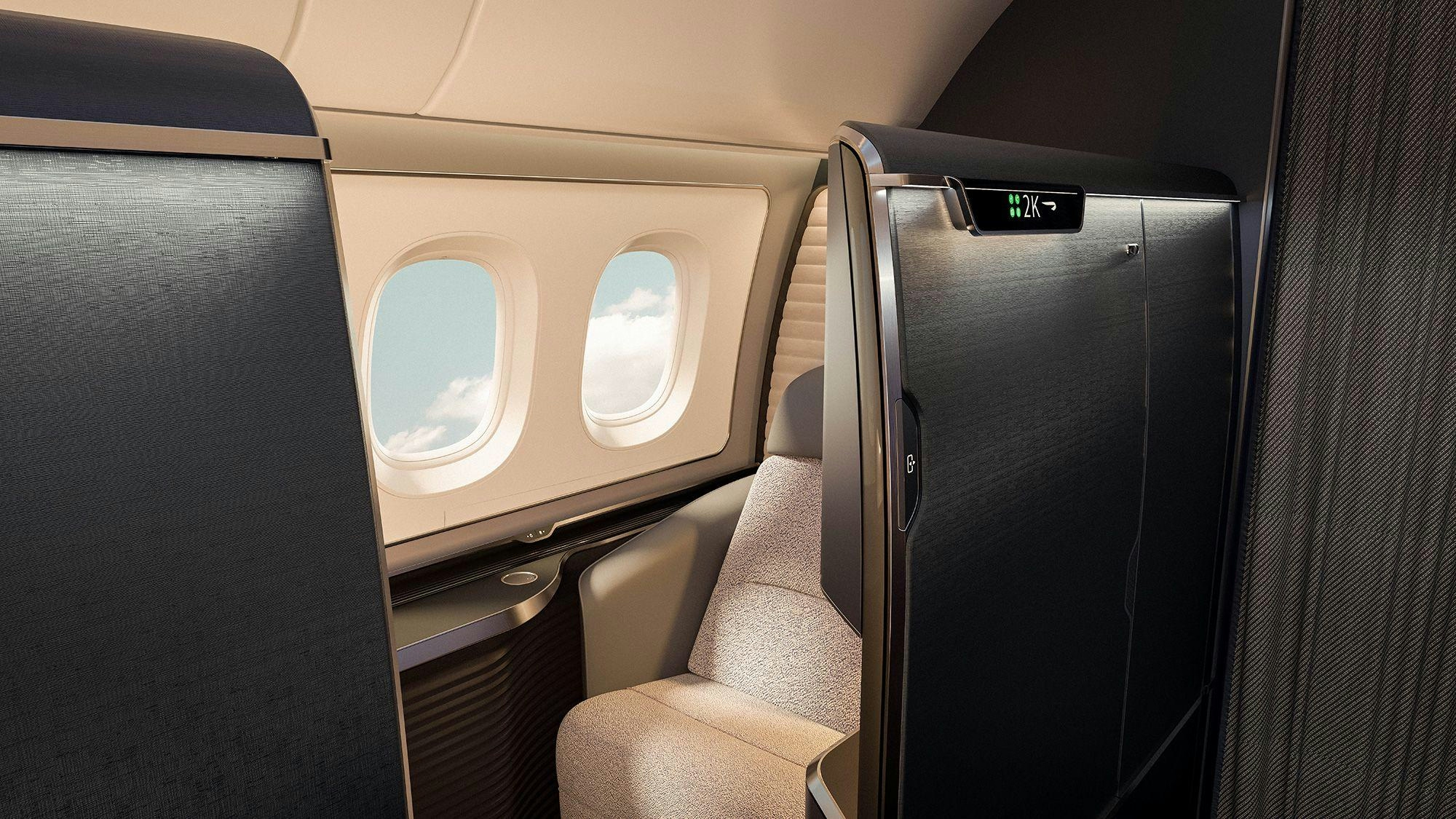
The Aircraft Set to Replace the Iconic Superjumbo

Delta Air Lines Introduces AI-Powered Concierge Service
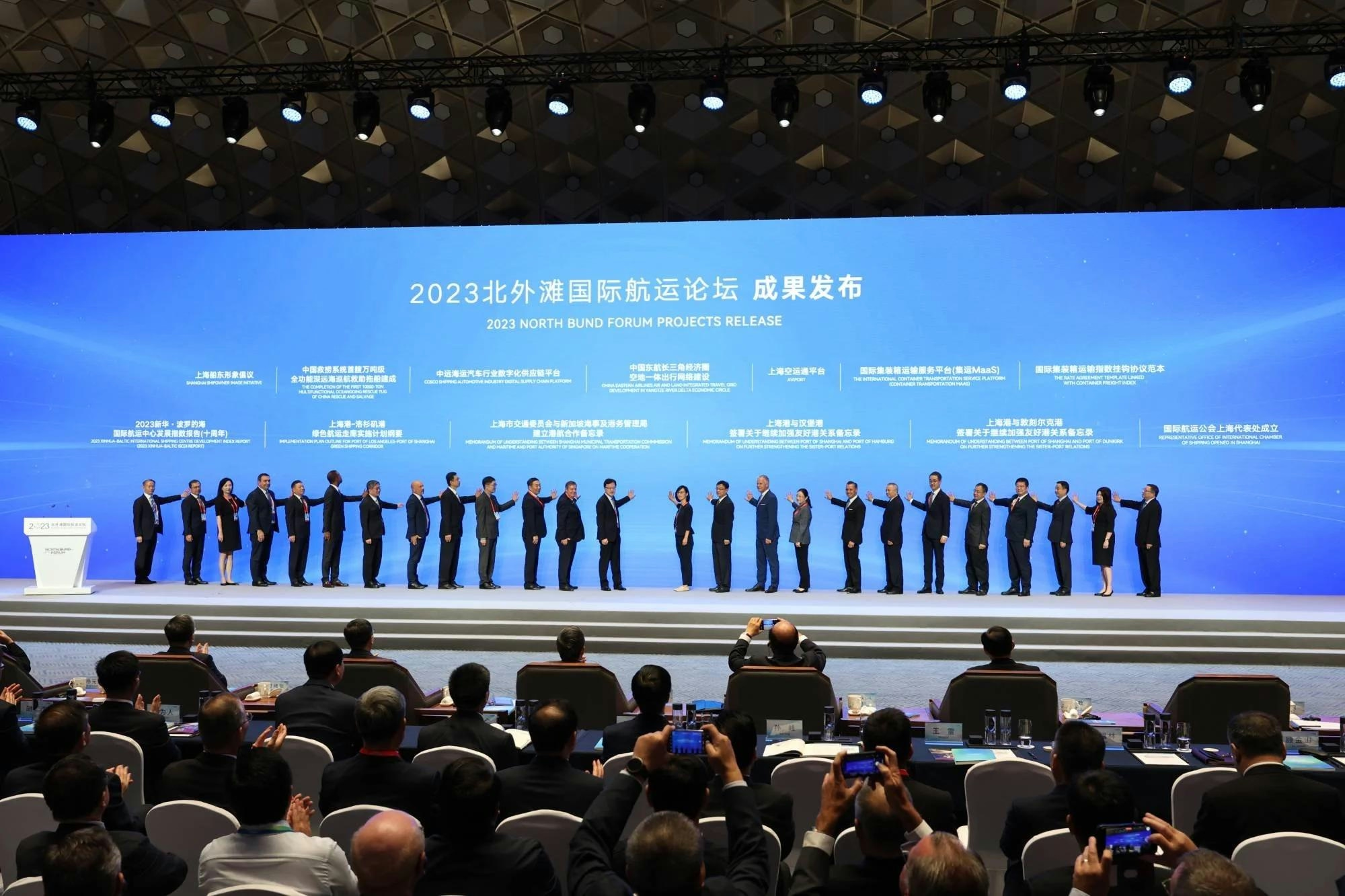
Shanghai to Host 2025 North Bund International Aviation Forum
